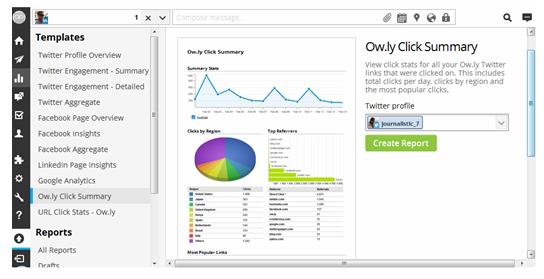Even if you don’t believe, as I do, that high sales staff turnover is the number one issue facing the auto industry today; we certainly can agree it is right at the top of the list. There is not one positive thing that happens at our dealerships as a result of high turnover, and the benefits of low sales turnover are so obvious that I don’t need to list them.
High sales turnover has completely undermined training efforts. It creates the mental attitude amongst many managers to not bother training at all because they won’t be here in 6 months or others take the salmon going upstream approach; if they survive then we will invest some time into them.
Meanwhile over the past 10 years our customers have become more and more acclimated to the Internet and are gobbling up as much information as they can on product and price prior to coming into our dealerships. By most accounts 75-90% of our customers have done most of their selection process before they ever step on our lots.
This is leaving many dealerships in the position of having the least educated salesman talking to the most educated consumer. Since we can’t uneducate the consumer we better start investing and educating our sales staff.
I believe the manufacturers play a major role in helping us to resolve this problem and should work closely with their dealers about salesman’s retention programs. With all of the dollars that are budgeted for incentives they should slice out $100 or $200/car and designate it to our sales departments and reward top performers.
Short of having these conversations with your manufacturers or dealer council reps we can only effect what we can control at our dealerships and we better start getting serious about training so we can give our salespeople the tools they need to EARN a good living.
Let’s face it we are not brain surgeons or scientists !!! We are only selling cars and if we hire motivated, personable people that care, we should be able to make it a personally and financially rewarding career. Here are a few items that I think many of us miss with our sales staff:
1) Know what each salesperson’s personal financial needs and wants are?
2) Ask each salesperson what they feel they should produce to achieve their needs or wants. You may be very surprised how far off some salespeople are with what they think they need to produce vs. what they will earn if they produce what they say. It is in everyone’s best interest to clarify their earnings potential based on expected performance.
3) Train, Train, Train, Train- Take the approach of a college student that gets a degree and then goes after his Masters.
The college degree would be the basics:
Product knowledge
Meet, Greet, Qualify, Road to the sale etc.
CRM- Your salespeople should know their CRM tool inside and out. They should look at it as if it was their own private secretary or marketing department that you gave them at no cost.
Networking and Referrals- The lost art of the auto industry!!! Let everyone know what you do and ask for referrals. This is a must for any salesperson that wants to make serious $ in this business.
The Masters program would be the training on the following topics:
a) Internet Sales
b) Phone Call Sales
c) Service Retention-Equity Mining
d) Lease list and owner loyalty
e) Social Media as a way to sell cars TODAY!!! For the first time, technology allows your staff to effectively market themselves at no cost to the dealership.
As a dealer you need to be clear of what your expectations are from your sales staff. This might include:
Sales goals
CSI Goals
Dress Code
Attitude
Both setting processes and expectations is a great step in making sure you and your sales team are following the same path, and hopefully are on a long road together.













